

Film Review - In the Service of Peace (2024)
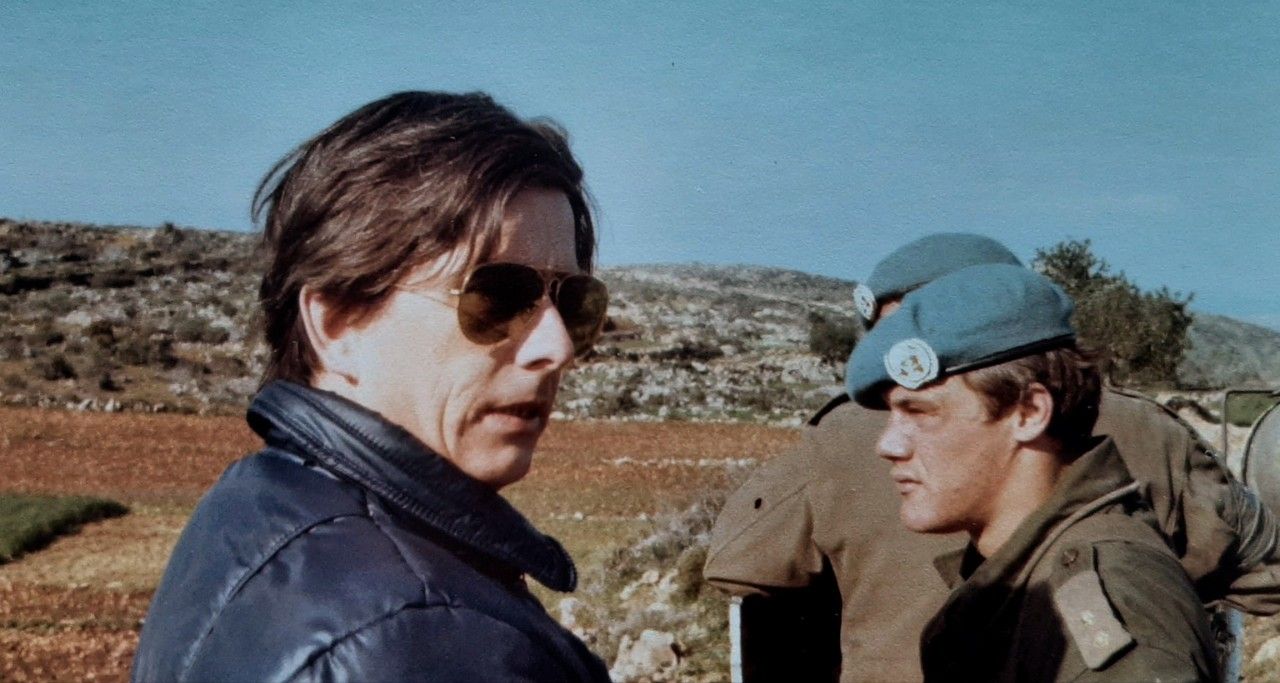
10 april 2024 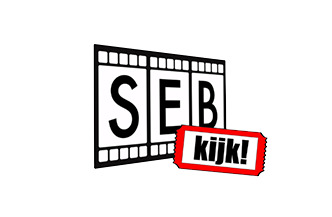
Sebastiaan Khouw
In the Service of Peace is a gripping and impressive Dutch documentary.
The film paints an overall picture of how the conflict in (Southern) Lebanon began, developed and escalated in the 1980s.
In the Service of Peace gives veterans, (former) correspondents and other experts their say about the UNIFIL peacekeeping mission which started in 1979.
Audiences will hear a variety of personal and informative stories. In the Service of Peace shines a spotlight on this under-exposed piece of world history. In particular, it focuses on the Dutch role in this international conflict.
Despite the fact that In the Service of Peace deals with a very sensitive issue, even for our times, the filmmakers also manage to inject some lighthearted moments into the film.
There are a number of small jokes and heart-warming images shown. These moments ensure that viewers have time to catch their breath from the intense conversations in the documentary. Despite the use of some light-hearted moments, In the Service of Peace never loses its focus.
The filmmakers had a clear vision of the story they wanted to tell.
Here they certainly succeed! However, some historical events could have been linked more to the current context of similar international conflicts.
To do this, the documentary should have been a bit longer, as it would not have been possible with the short running time of only 60 minutes. However, a desire for more from a film is not necessarily a bad thing.
It shows that the film is successful in telling its story, because I - as a viewer of the film - would have liked to have seen even more of it.
About In the Service of Peace (2024)
In the Service of Peace is a Dutch documentary film from the year 2024. Directed by Jelmar Hoekstra. The director also worked as an editor on In the Service of Peace.
The running time is 60 minutes. Playback Images - of which Hoekstra is a co-owner - produced the documentary. In the Service of Peace is a topical documentary that looks back on the Unifil peacekeeping mission from 1979 to 1985.
This mission involved more than 9,000 Dutch soldiers.
But both the Dutch government in The Hague and the Dutch ministry of Defence got the conflict badly wrong.
Tensions on the Lebanese border are rising again with the latest events in Israel and Gaza. As a result, history seems to be repeating itself.
Dutch veterans, too, have a growing need to talk about this international conflict because it is so current. Moreover, 2024 will be exactly 45 years since the start of the UNIFIL peacekeeping mission. However, few people know about this peacekeeping mission that was established in 1979.
Unifil is still present in southern Lebanon today.
The forgotten peace mission from 1979 to 1985 is highlighted in At the Service of Peace.
The Dutch participation in the Unifil mission is specifically discussed. In addition to veterans, former foreign correspondent Jan Keulen, retired Dutch general Peter van Uhm and Middle East correspondent Daisy Mohr are also featured in the film. In this way, In the Service of Peace not only highlights the veterans' stories, but provides an up-to-date picture of the situation then and now.
Click above to watch the official trailer of In Service of Peace (2024).
Review
In the Service of Peace opens with archive footage of a man sticking the letters "UN" onto a piece of equipment.
By doing so, director Jelmar Hoekstra instantly shows the importance of the storytelling and audio-visual elements of the film. An important narrative aspect of In the Service of Peace is the peacekeeping mission Unifil. This mission was commissioned by the United Nations (UN).
The use of archive footage is an important audiovisual aspect of the film. Various forms of archive footage are used in the film. These include colour television reports, newspaper headlines and (black and white) photographs.
The archive footage supports the stories of the veterans, the correspondents and other experts so well that some of these images seem as if they have been recreated on the basis of their stories.
Hoekstra, who is also the film's editor, does an excellent job with the selection of archive footage. His editing is a fine blend of the most appropriate images with the right stories. Small additions of sounds of gunfire and radio contact in these stories make the events seem more real and personal.
Hoekstra also regularly makes artistic choices in editing the archive footage.
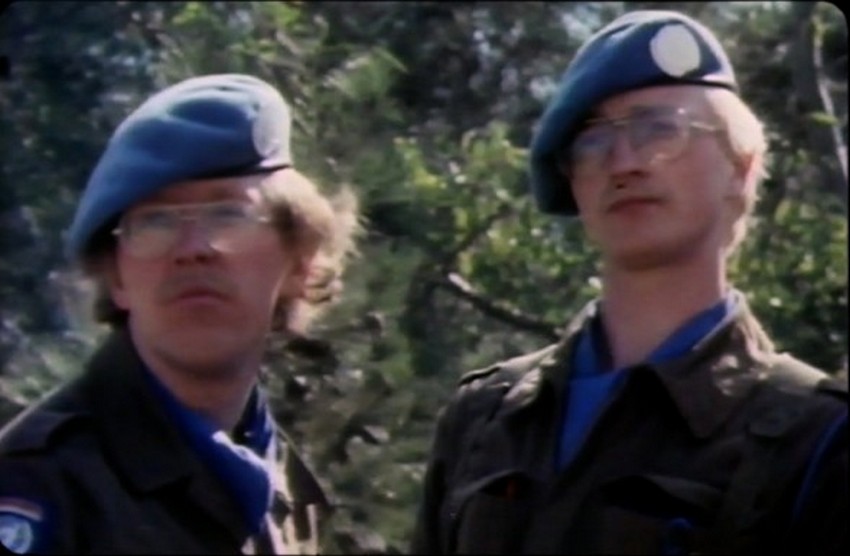 Source: Playback Images and Jelmer Hoekstra.
Source: Playback Images and Jelmer Hoekstra.
For example, the director and cinematographer decide to edit some of the stock footage to make it look as if a slide projector has been used.
The slide projector is used in these scenes to make the audience feel as if they are attending a briefing on the situation in (southern) Lebanon - just as the conscripts might have experienced it.
Similarly, in the interview with Lieve Joris, who does not appear on screen, Hoekstra tactfully places a portable cassette recorder next to a photograph of her.
This visual choice plays well with the context of Joris' interview. She herself used a tape recorder to record her interviews with Dutch conscripts in southern Lebanon.
At that time, a number of soldiers expressed to her their frustration with the situation in the south of Lebanon. They were not well or correctly informed about the situation there. So, according to Joris, they came to believe that Israel was to blame. This went completely against what the Dutch conscripts had expected.
After all, Israel was an ally of the Netherlands.
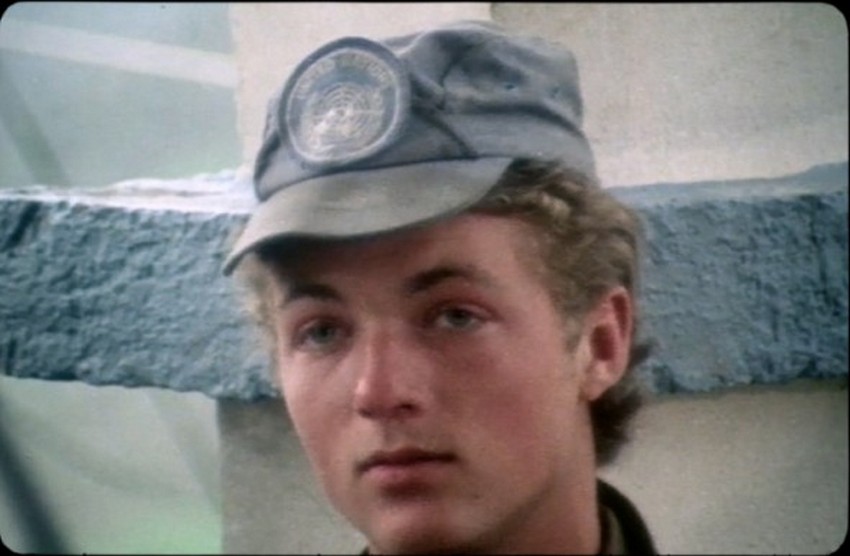 Source: Playback Images and Jelmer Hoekstra.
Source: Playback Images and Jelmer Hoekstra.
In the documentary, a number of the veterans reveal that they were not well prepared and that they were not well informed about the situation in South Lebanon.
They had been well trained, but not for the specific purpose and the specific situation of the Unifil peace-keeping mission in Lebanon. They had to learn everything from scratch in southern Lebanon.
The conscripts had no idea that they had ended up at the centre of a major international conflict.
In addition to misunderstanding what they were supposed to do, there was a serious underestimation of the danger to life in The Hague.
Based on interviews with veterans and (among others) former diplomat Nikolaos van Dam, the film shows that the Dutch politicians of the time did not really know what the soldiers would be doing there.
There was also a lack of preparation on the part of Dutch politicians as to what the possibilities might be. In addition, they had not thought about what the consequences of the restrictions they were imposing would be.
Dutch politicians seemed to lack empathy and understanding of the situation.
All this led to some Dutch conscripts becoming traumatically affected.
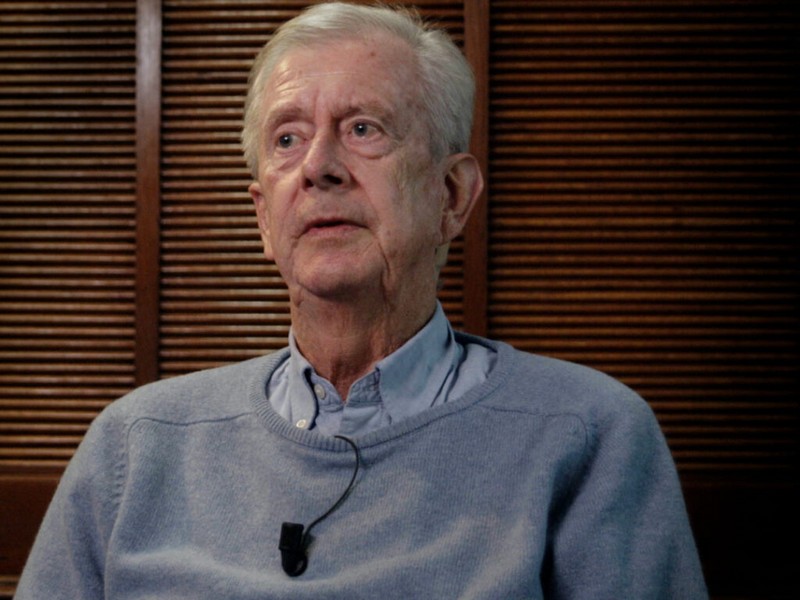 Source: Playback Images and Jelmer Hoekstra.
Source: Playback Images and Jelmer Hoekstra.
The film also deals with the trauma of the war suffered by the Dutch conscripts. On the basis of personal stories, we are told how some conscripts struggled with themselves for years, while others - with a little bit of luck and some tricks - managed to avoid it. One thing seems certain: there are many Dutch conscripts who have been left with war trauma or PTSD.
The feelings of helplessness, frustration and fear often led to PTSD.
It did not help that at the time there was a lack of knowledge about what care and after-care should be. Nowadays, thankfully, this is better organised, but there is still room for improvement.
For example, retired Dutch general Peter van Uhm strongly suggests that conscripts can be selected for stress resistance but not for resistance to PTSD.
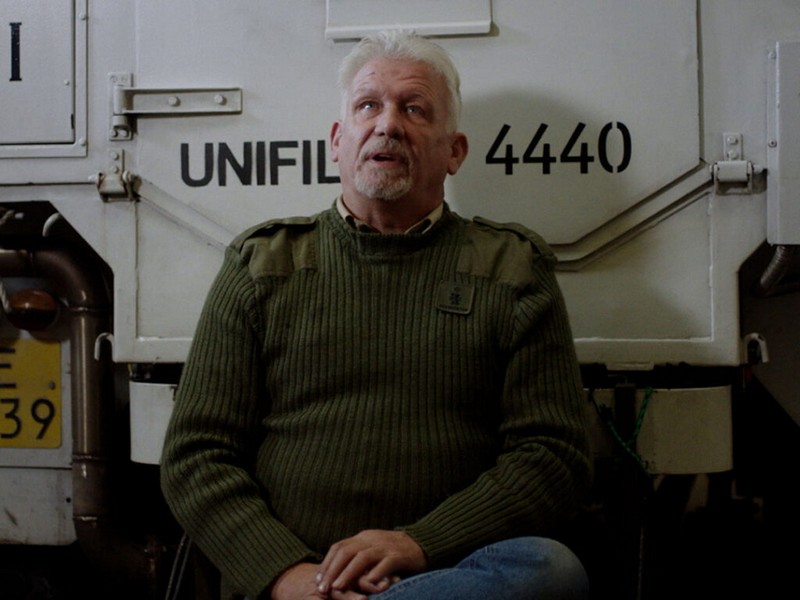 Source: Playback Images and Jelmer Hoekstra.
Source: Playback Images and Jelmer Hoekstra.
Conclusion
In the Service of Peace is a personal, honest and penetrating account of the Dutch role in the Unifil peacekeeping mission in (South) Lebanon. The film's regularly emotional score supports the tense themes of this under-exposed piece of world history and the role that the Netherlands played in it. It is hard for me to imagine how difficult the situation was for the Dutch conscripts.
What did it mean for the Dutch conscripts who took part? They had to deal with a cat-and-mouse game. Every night the two sides fired at each other (and at Unifil) as a form of intimidation.
The officers had very little information about the conflict, the conscripts were not well prepared and not well informed, and the Dutch politicians had also seriously underestimated the situation.
The positive side of Dutch participation in the Unifil peacekeeping mission is also shown in the documentary. Unifil has been in Lebanon since 1979 to keep the peace. The film asks - via Middle East correspondent Daisy Mohr - how well peacekeeping would have succeeded if Unifil had not been there, or was no longer there.
It is a case of "better something than nothing", in the words of then diplomat Nikolaos van Dam.
The film could have spent more time discussing the contemporary context of the international conflict in Gaza. The documentary only touches on the subject a little.
Moreover, the topicality of the issue is quickly covered. At a number of other moments, the documentary suffers even more from the fast editing and the underdeveloped themes.
Especially towards the end of the film, the film rushes through its topics. As a result, the film ends up as a documentary that seems to have been made more for a television channel than for the big screen.
Nevertheless, In the Service of Peace remains an impressively informative and important documentary. In the Service of Peace will be shown as a film special in a number of cinemas in the Netherlands.
The film will only be shown in these cinemas on certain dates. Nevertheless, it is highly recommended to see the documentary on the big screen.
The impact of the film will only increase in the cinema. My thanks to Jelmar Hoekstra and Playback Images for sending me an online review copy of the film.

Sebastiaan Khouw is the brain behind the company SebKijk.
A professional reviewer and film journalist, he discusses entertainment, art and culture.

